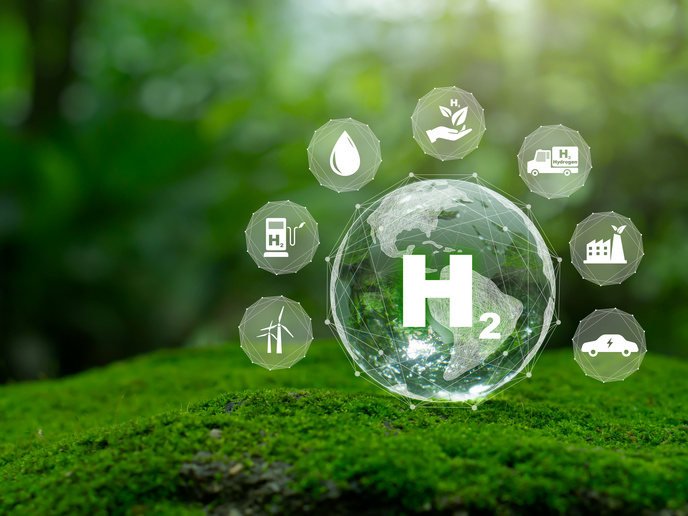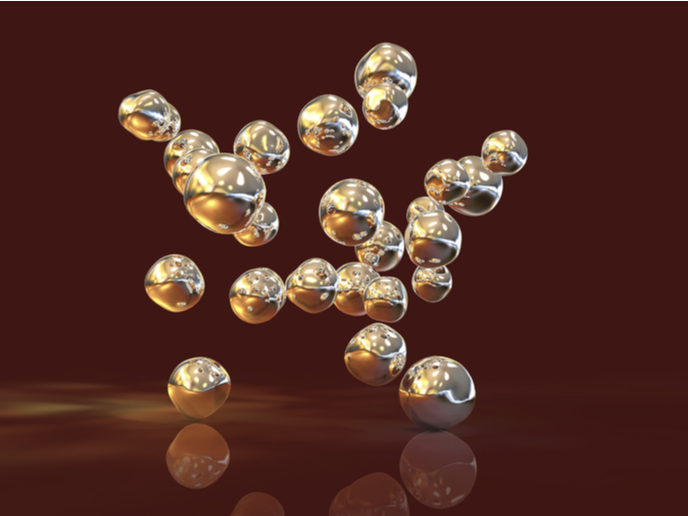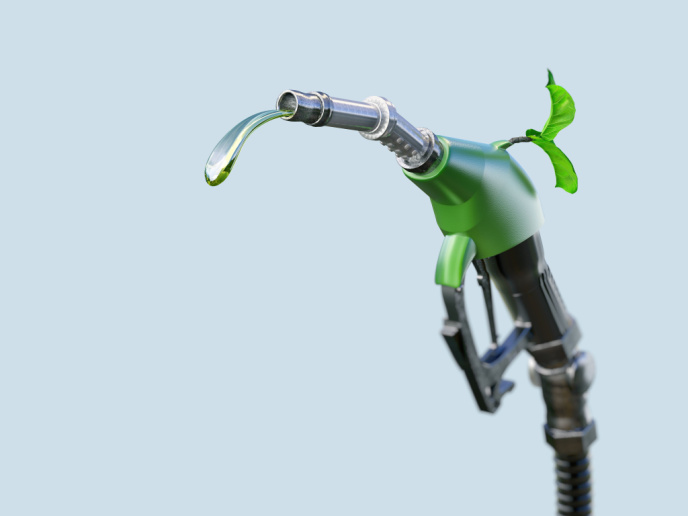A better way of converting biogas into hydrogen
When combined with a proton exchange membrane (PEM) fuel cell, biogas can be converted into hydrogen, which can then be used to power vehicles and power plants. Unfortunately the system isn't as perfect as it sounds. Impurities in the biogas corrode the membrane and other components. In order to make the system financially attractive, this obstacle must be overcome. The 'Development of a biogas reformer for production of hydrogen for PEM fuel cells' (Bio-Hydrogen) project set out to meet this challenge. European funding supported the project's research in the laboratory to investigate different ways of purifying biogas, also known as reforming. The effectiveness of several alternatives to traditional nickel-based catalysts was evaluated at different stages of the reforming process. Test gases included pure methane and a model biogas, both of which were also enriched with a sulphur-containing compound to assess resistance to contamination. The new catalysts performed well and satisfied a number of important criteria with respect to durability, availability and price, but still suffered from 'poisoning' when sulphur-rich biogas was used. The Bio-Hydrogen team worked to determine whether the solution lies in eliminating the troublesome impurities prior to reforming, thus safeguarding the PEM fuel cells. To this end, an array of biofilters was implemented in a biotrickling configuration to maximise removal of siloxanes and other pollutants. The Bio-Hydrogen results represent considerable progress toward the goal of developing a cost-effective system of hydrogen production from biogas.







